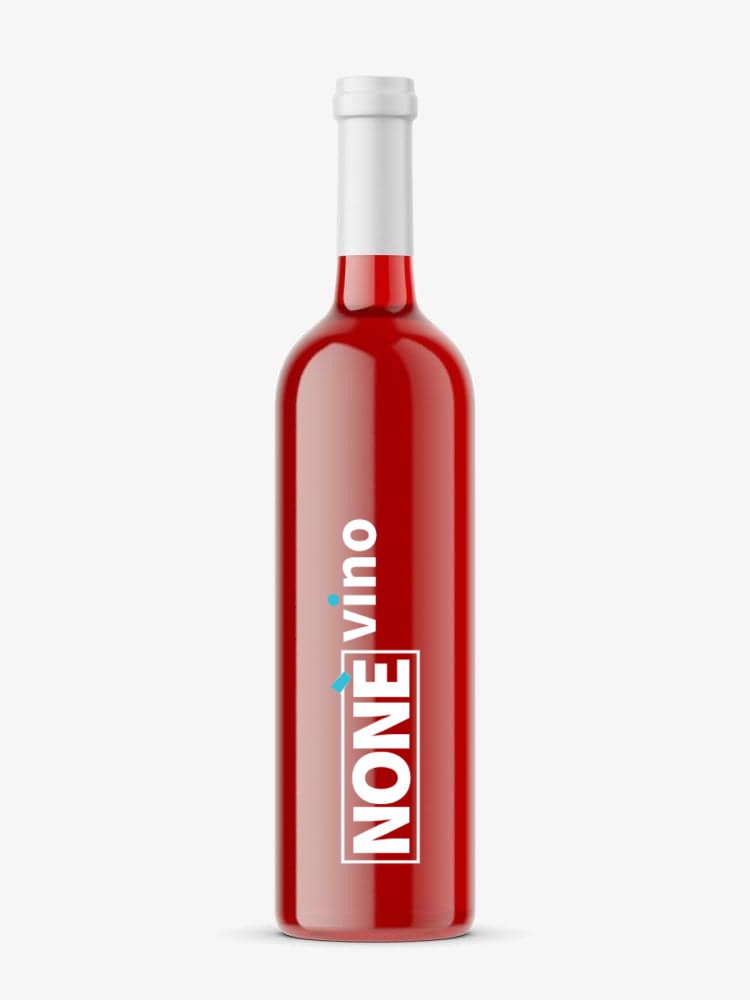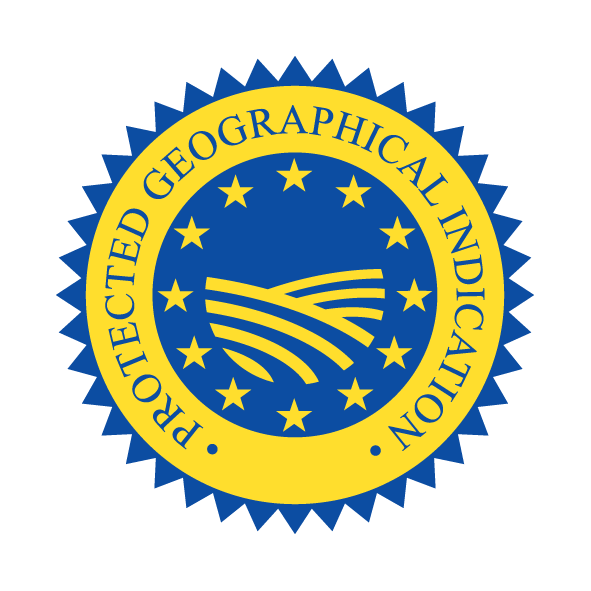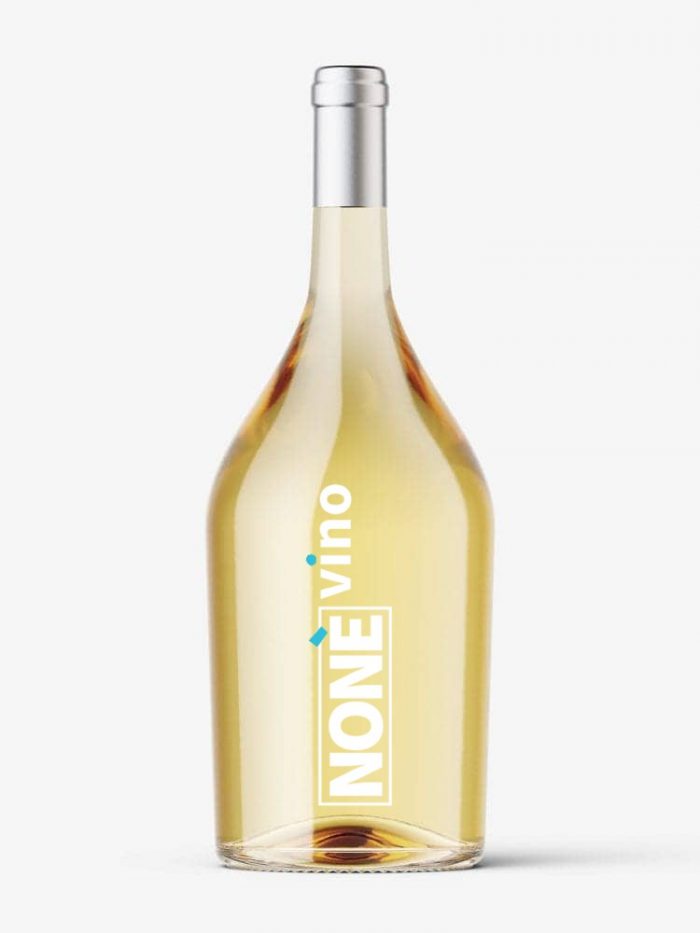Sangiovese
Black Grape
Info
The black grape Sangiovese is cultivated in the regions: Abruzzo, Apulia, Basilicata, Calabria, Campania, Emilia-Romagna, Latium, Liguria, Lombardy, Marche, Molise, Piedmont, Sardinia, Sicily, Tuscany, Umbria, Veneto.
Sangiovese is probably a vine originating from Tuscany (it has been known since the Etruscan period, around the eighth century BC) and its name could derive from the term “Sangue di Giove”, testifying to the ancient link between wine and divinity . Another less vague theory traces the origin of the name to the origin from San Giovanni Valdarno.
The wine supply of the capital Florence in the Renaissance period was precisely from the Castles of Valdarno di Sopra, built in the territories conquered by the Florentines a few centuries earlier. In 1716, the Grand Duke Cosimo III de ‘Medici issued a notice to regulate the protection of the wines of Chianti, Pomino, Carmignano and Valdarno di Sopra. There is another thesis according to which Sangiovese was born in Santarcangelo di Romagna. In fact, already in Roman times, vines were grown on these hills near the Rubicon. Hence the name “Colle Jovis” where Santarcangelo arose and developed.
Sangiovese therefore as a conjunction of SANGUIS and JOVIS blood of Jupiter. From recent genetic studies it seems that “Sangiovese”, contrary to its widespread and historical presence in the Tyrrhenian area, has numerous kinship with cultivars grown in Southern Italy, especially in Sicily and Calabria. Ten varieties make up the “family” and “Ciliegiolo” seems to be a direct descendant of it.
Wine Characteristics
From the Sangiovese grape we obtain a wine of intense ruby red color, tannic, full-bodied, harmonious, with a pleasant bitter and fruity aftertaste; aged it releases the characteristic tertiary aromas.
Merlot
Black Grape
Info
The black grape Merlot is grown in the regions of Abruzzo, Apulia, Basilicata, Calabria, Campania, Emilia-Romagna, Friuli Venezia Giulia, Latium, Liguria, Lombardy, Marche, Molise, Piedmont, Sardinia, Sicily, Tuscany, Trentino Alto Adige, Umbria, Valle d’Aosta, Veneto.
Merlot is a grape originating from Gironde, in the South-West of France, and in particular from the Bordeaux area. There has been talk of Merlot since 1700, but the first detailed description belongs to the Rendre (1854). In most wine-growing areas of the world,
Merlot is the inseparable companion of Cabernet Sauvignon; the two vines integrate perfectly: the first giving the wine its full and early fruit, the second a greater aristocracy and longevity. In Bordeaux it is customary, depending on the area, to add a percentage of Cabernet Franc to the composition of the wine which, in addition to a fruity component, gives it pleasant herbaceous and vegetal sensations.
In Italy Merlot has found ideal environmental conditions in Friuli, Trentino and Veneto since the end of the nineteenth century, but it is now widespread in many other regions, with sometimes surprising results, even without the contribution of other grapes.
Wine Characteristics
The Merlot grape gives a wine with a more or less intense ruby red color, with a fruity aroma and notes of red flowers. The flavor is quite tannic, soft, full-bodied.






